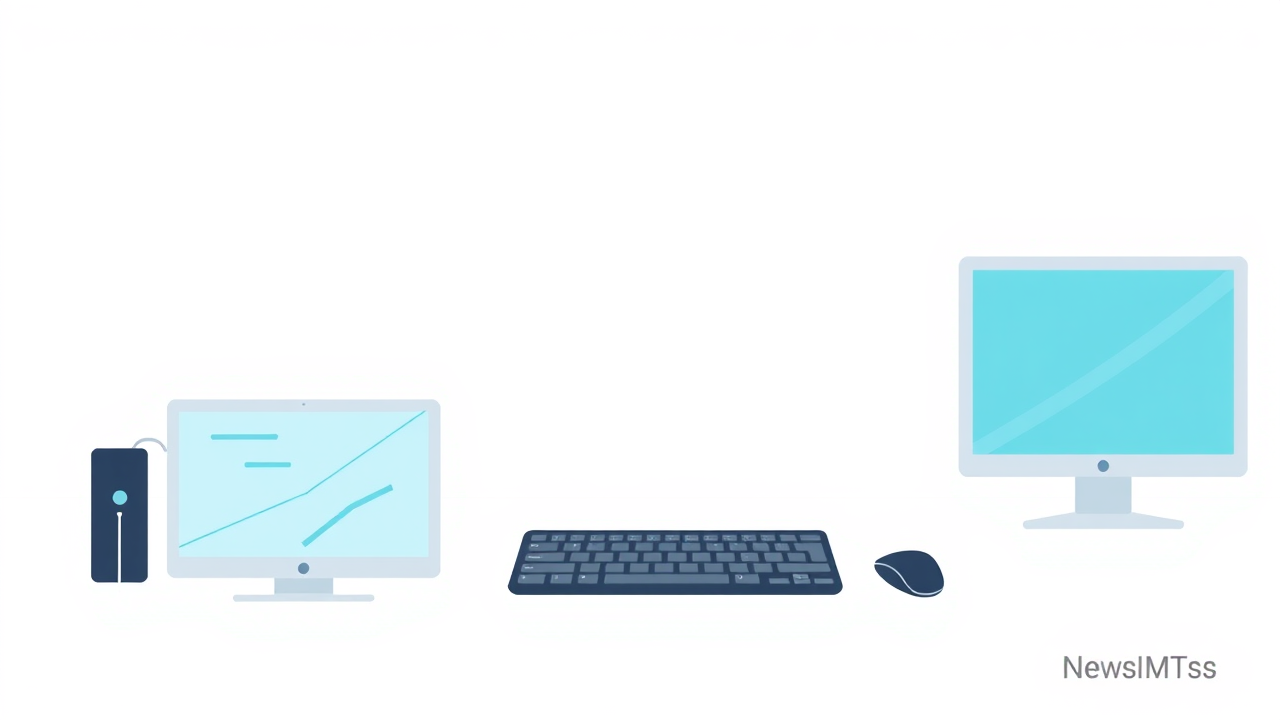 NewsIMTS
NewsIMTSInput devices serve as the bridge between humans and computers, allowing us to enter data and give commands. Today, keyboards remain one of the most common input devices, featuring keys for letters, numbers and functions. From traditional mice that help move cursors to touchpads found on laptops, these tools make navigation simple. Until recently, joysticks were primarily used for gaming and machine control. Next, scanners convert physical documents into digital form, while microphones input sound for recordings and meetings. Touchscreens combine input and output features, letting users control applications directly. Other important devices include webcams for video calls, light pens for drawing on screens, and graphics tablets for digital artwork. Barcode readers scan product information in stores, while game controllers enhance gameplay experience. Specialized devices like OMR readers process marked answer sheets, and MICR reads magnetic ink on bank cheques. Digital cameras capture images that can be transferred to computers for editing or sharing. (Updated 1 Nov 2025, 13:25 IST; source: link)
Basic Input Devices Every Student Should Know
Computers need ways for us to communicate with them, and input devices serve this purpose. Keyboards are essential tools with keys for typing letters, numbers, and commands. Most students use keyboards daily for writing assignments and searching the internet. The mouse works alongside keyboards, allowing users to point, click, and drag items on screen. Laptop users often use touchpads instead, which are flat surfaces where finger movements control the cursor. These basic input devices form the foundation of how we interact with computers, making them crucial for students to understand. Learning to type efficiently on a keyboard and navigate with a mouse or touchpad are fundamental skills that help students complete their schoolwork faster.
Advanced Input Devices for School Projects
Beyond basic tools, students can use specialized input devices for different subjects. Scanners convert physical documents or images into digital files, useful for submitting handwritten work or creating digital portfolios. Microphones allow voice recording for language practice or creating presentations with narration. Touchscreens combine input and display functions, letting users interact directly with content—particularly helpful for art projects or interactive learning. Graphics tablets give precise control for digital drawing in art class, while webcams enable video communication for online classes and group projects. These advanced devices expand what students can create and share digitally. As education becomes more technology-focused, familiarity with these tools gives students advantages in completing assignments and developing digital skills for future careers.
Key Points
- Input devices serve as the bridge between humans and computers, allowing us to enter data and give commands.
- Today, keyboards remain one of the most common input devices, featuring keys for letters, numbers and functions.
- From traditional mice that help move cursors to touchpads found on laptops, these tools make navigation simple.
